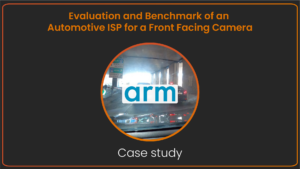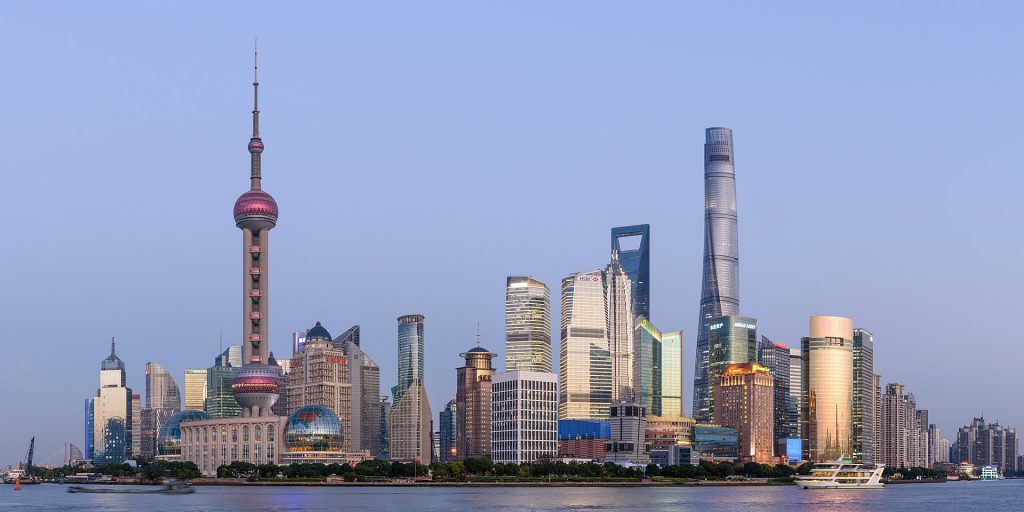PARIS – November 12, 2019 – DXOMARK Academy Seminar 2019
We are happy to announce that our DXOMARK Academy Image Quality Seminars are being held on the 12th of November in Shenzhen and on the 15th of November in Shanghai. These seminars form an important part of our mission to educate industry members about imaging technology based on user experience. These seminars are designed to train engineers from the smartphone camera industry about the latest technological challenges in image quality via day-long presentations and workshops.

Agenda
- Front camera image quality evaluation
- Rear camera image quality evaluation of wide-angle and night shooting
- Camera module capability benchmark
- Next image quality challenges for smartphone imaging
DXOMARK Academy: Contact us for more information about our activities.

 DSLR & Mirrorless
DSLR & Mirrorless  3D Camera
3D Camera  Drone & Action camera
Drone & Action camera 

